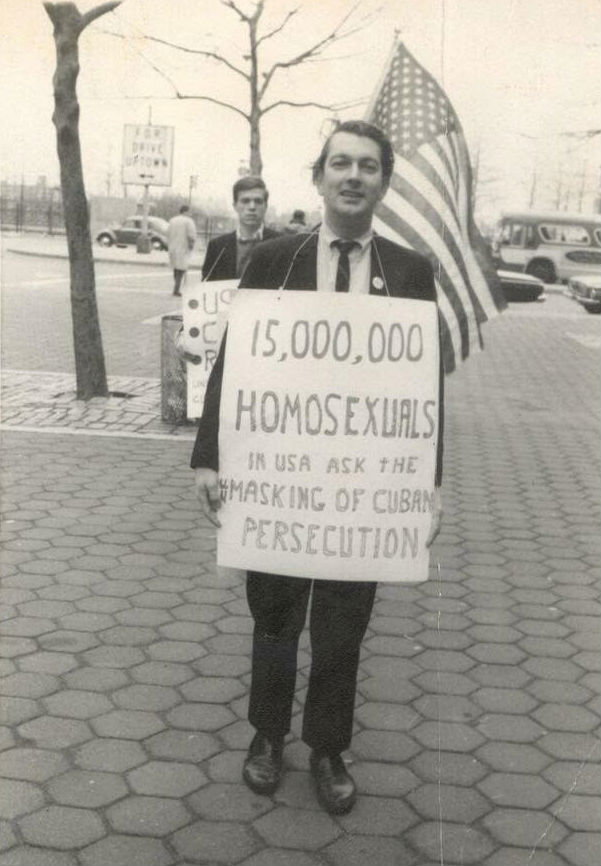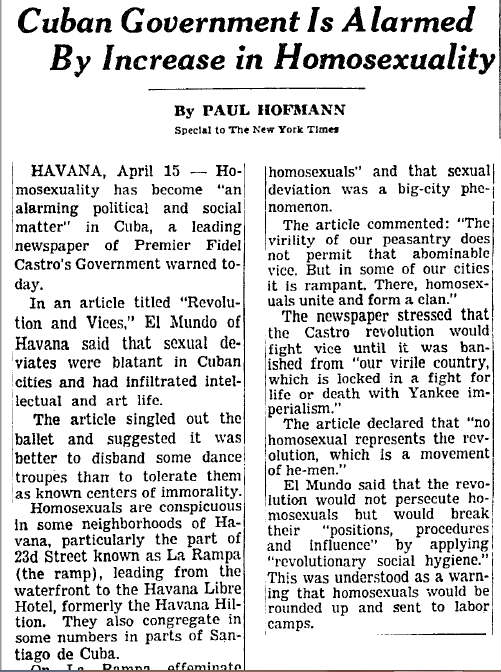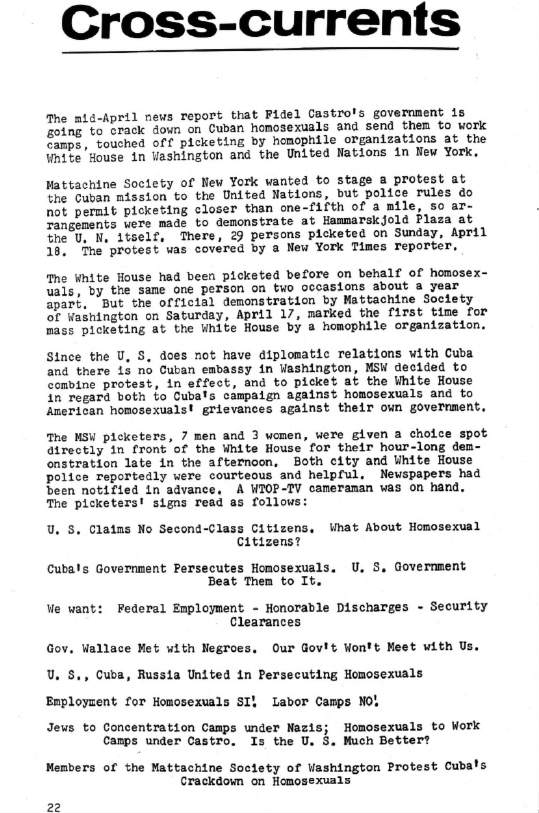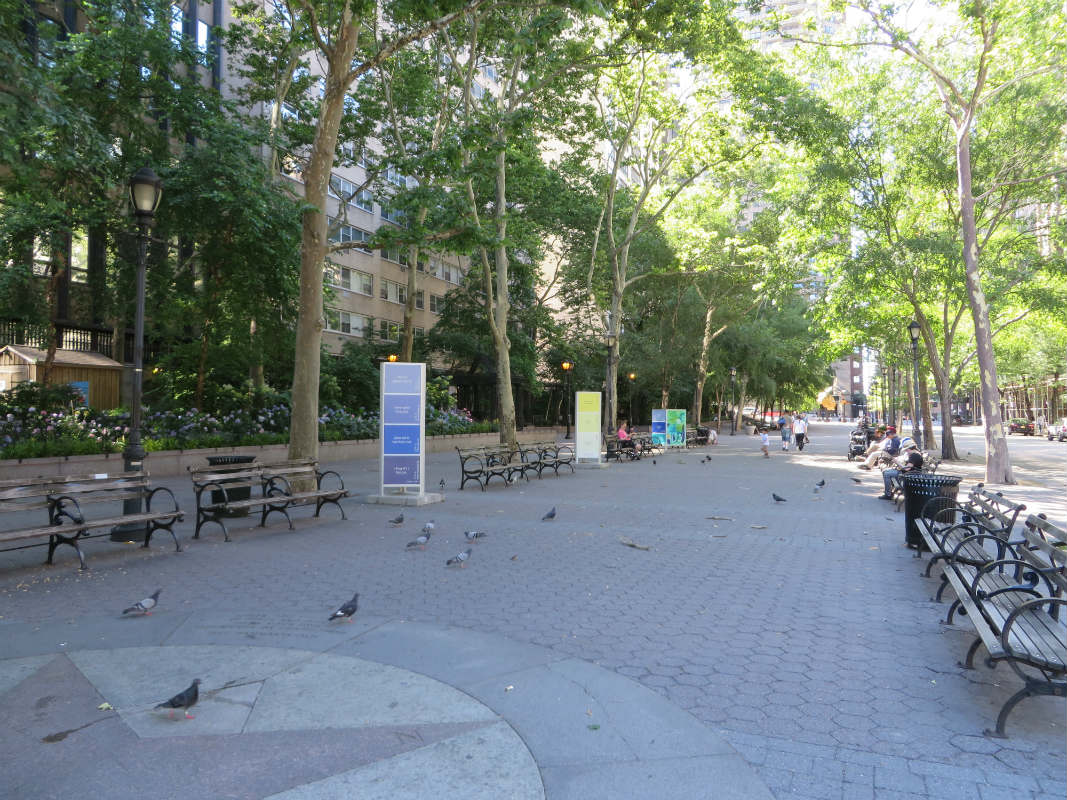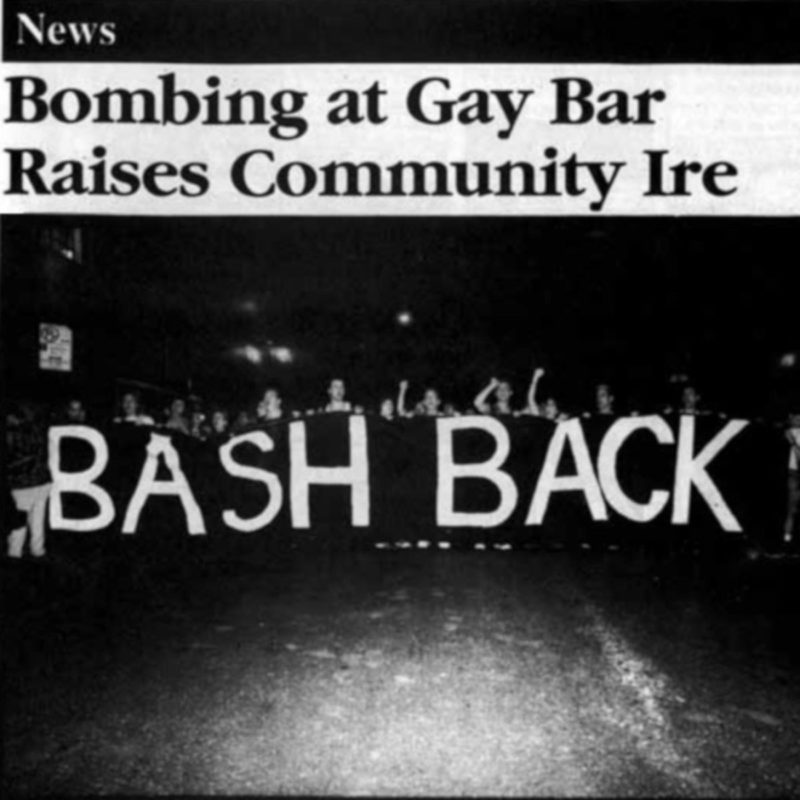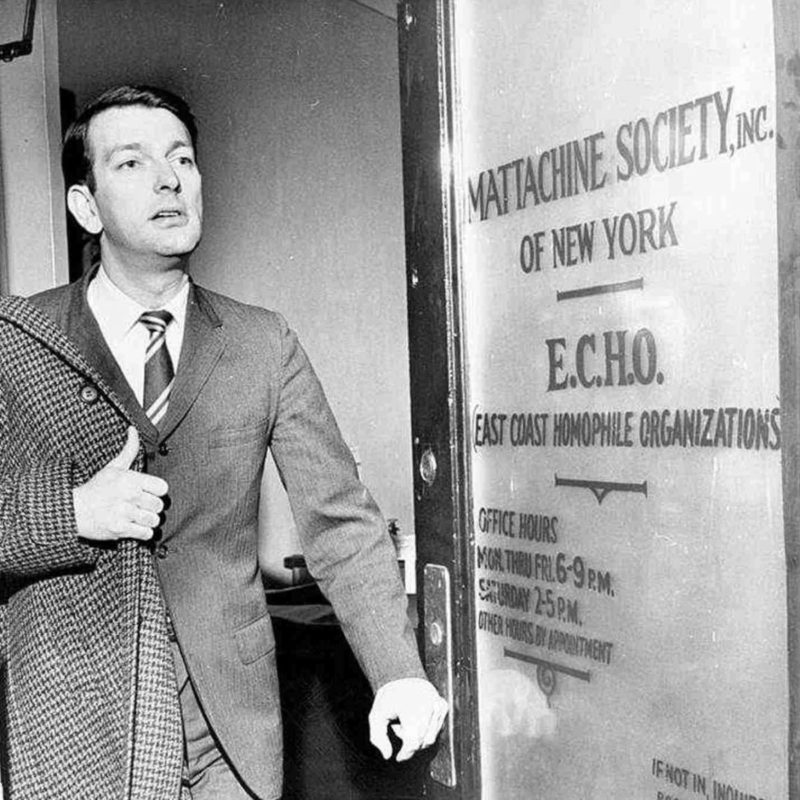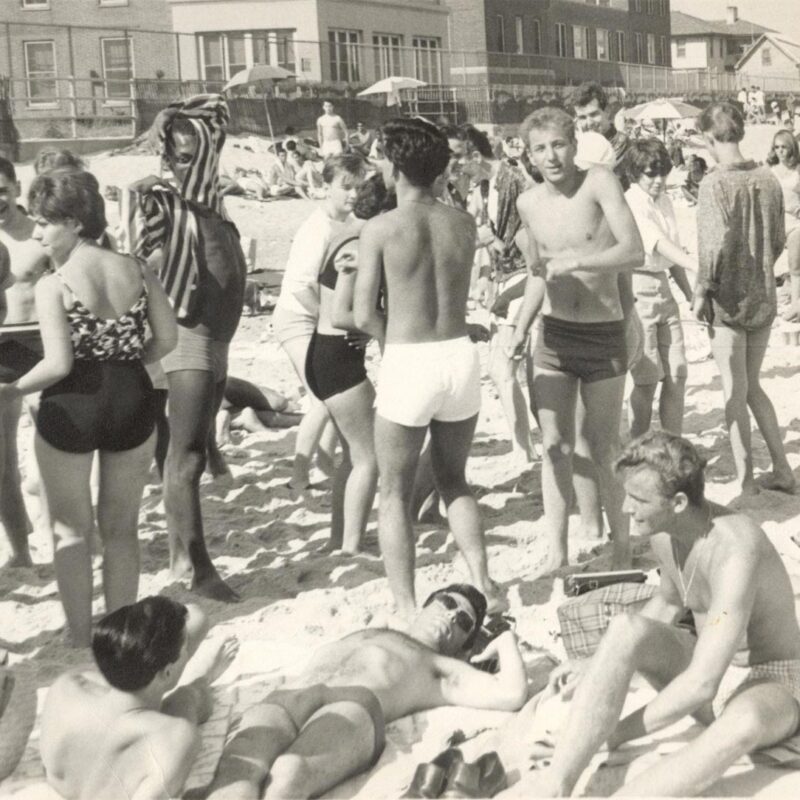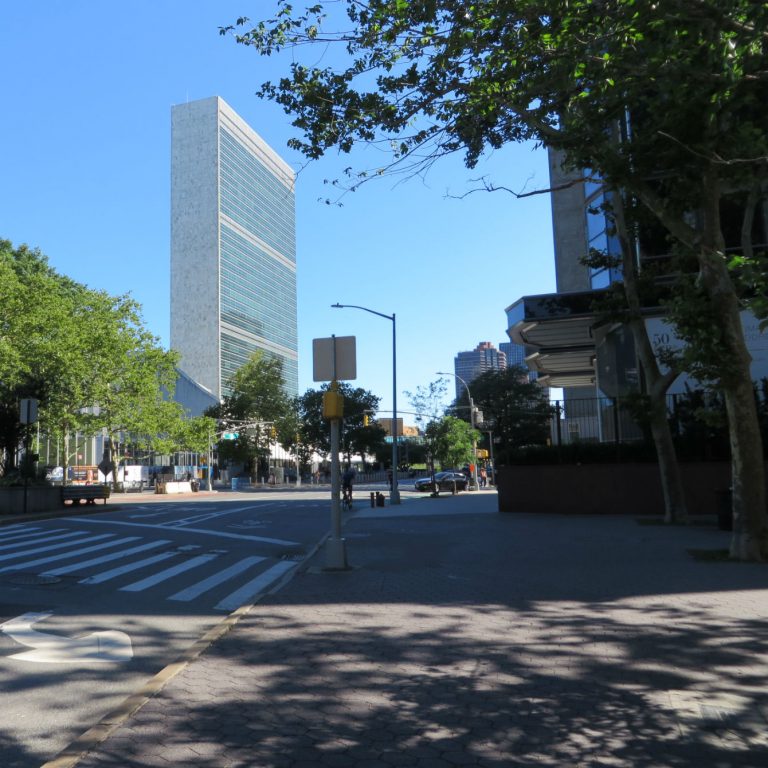
Picket at Dag Hammarskjöld Plaza, Fourth-Ever U.S. Gay Rights Protest
overview
On April 18, 1965, the fourth-ever gay rights demonstration in the United States – and the third in New York City – took place at Dag Hammarskjöld Plaza, across the street from the United Nations.
Planned to coincide with a picket in front of the White House a day earlier, LGBT people protested the treatment of homosexuals in both Cuba and the United States.
History
On April 15, 1965, an article in El Mundo, the Cuban government newspaper, expressed concern about homosexuality as a social and political matter in its country. As reported the next day in the New York Times, the Cuban article stated that “no homosexual represents the [revolutionary] movement, which is a movement of he-men.” The Times, and gay activists, understood the Cuban government’s use of “revolutionary social hygiene” to undermine homosexuals to mean the rounding up of homosexuals to be sent to labor camps.
Frank Kameny, an influential early gay rights strategist and leader of the Mattachine Society of Washington, D.C., who had advocated for public demonstrations for homosexual rights, received calls about staging pickets from pioneering activists Jack Nichols and Lige Clarke in Washington, and Randy Wicker in New York. Kameny agreed, under the condition that any pickets address discrimination against homosexuals in both Cuba and the United States. In Washington, the White House was chosen as the site since there was no Cuban embassy. Kameny suggested that the Mattachine Society of New York (MSNY) picket the Cuban mission to the United Nations.
The White House picket, on April 17, 1965, was the first demonstration by a homophile organization in the nation’s capital, and consisted of seven male and three female activists. It was later identified as the third public demonstration for gay rights in the United States by Barbara Gittings, co-founder of the Daughters of Bilitis, New York Chapter, in 1958.
On the following day, April 18, 1965 (Easter Sunday), 29 people picketed at Dag Hammarskjöld Plaza, a popular gathering space for public demonstrations, located across the street from the United Nations. They comprised members of the MSNY, including president Julian C. Hodges, Dick Leitsch, and Craig Rodwell; Randy Wicker (Homosexual League of New York); New York City League for Sexual Freedom, including poets Allen Ginsberg and Peter Orlovsky; and the Demophile Center of Boston, a homophile organization. The group marched from MSNY’s offices at 1133 Broadway, passing through the Easter Parade, to the plaza. Picketing for two hours, people carried such signs as “15,000,000 Homosexual Citizens Protest Cuba’s Actions,” “Labor Camps Today – Ovens Tomorrow,” and “Individual Freedom – Sí! Persecution – No!” Gittings listed this as the fourth public demonstration for gay rights in the United States.
Nichols later considered the White House and United Nations pickets as watershed events of the homophile movement, and important precursors to the Stonewall uprising. Key elements were that women had taken part, along with the men; these were protests involving an important international issue; and they were deliberate acts and part of an agenda, as opposed to spontaneous actions. These pickets served as direct inspirations for the creation of the Reminder Day pickets at Independence Hall in Philadelphia on the 4th of July, which occurred annually from 1965 to 1969 to bring attention to the fact that LGBT people did not have basic civil rights.
Entry by Jay Shockley, project director (July 2018).
NOTE: Names above in bold indicate LGBT people.
Sources
Paul Hoffman, “Cuban Government Alarmed By Increase in Homosexuality,” The New York Times, April 16, 1965.
J. Louis Campbell, Jack Nichols, Gay Pioneer: “Have You Heard My Message?” (New York: Harrington Park Press, 2007), xvii.
Michael G. Long, editor, Gay Is Good: The Life and Letters of Gay Rights Pioneer Franklin Kameny (Syracuse: Syracuse University Press, 2014), 93.
“The Earliest Gay Pickets: When, Where, Why” list prepared in 2005 by Barbara Gittings, in Tracy Baim, Barbara Gittings: Gay Pioneer (Chicago: Prairie Avenue Productions, 2015).
Randy Wicker, interview with NYC LGBT Historic Sites Project, June 28, 2018.
Do you have more information about this site?
This project is enriched by your participation! Do you have your own images of this site? Or a story to share? Would you like to suggest a different historic site?
